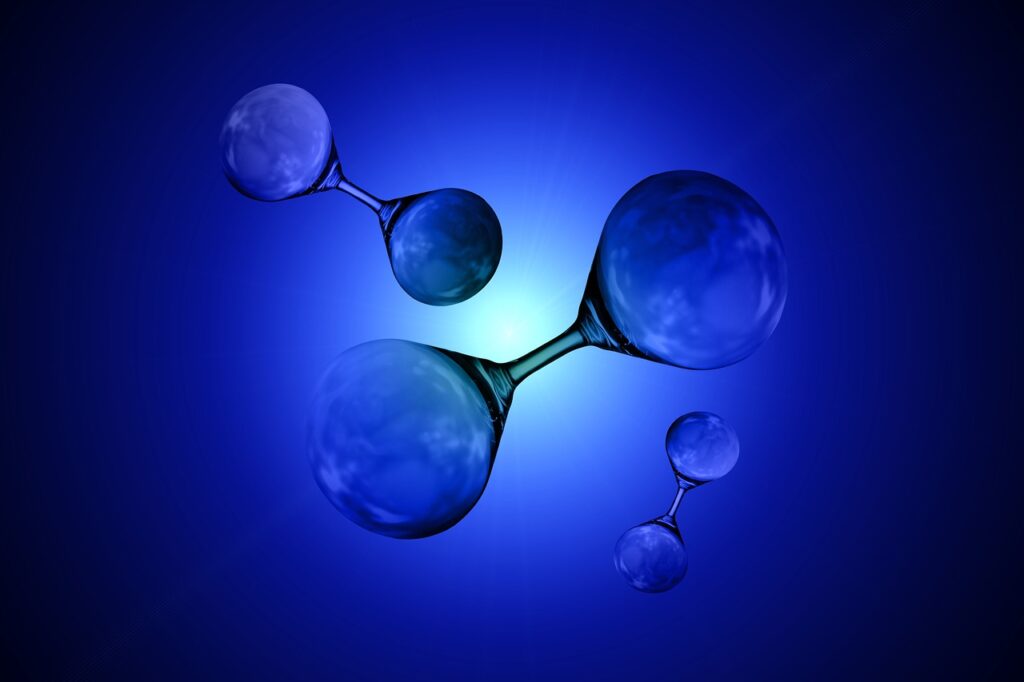Stadwerke Stuttgart, the municipal electricity and gas supplier, has received approval from its supervisory board to proceed with the construction of a hydrogen production plant.
This facility, part of the Green Hydrogen Hub Stuttgart (GH2S) project, aims to produce up to 1,000 tonnes of hydrogen annually using green electricity sourced from photovoltaic and wind power stations. The plant, set to start construction in early 2025 and begin operations by late 2026, will employ four electrolysers with a combined capacity of up to 10 megawatts.
The planned production of 1,000 tonnes of hydrogen per year is certainly a step in the right direction for Stuttgart’s ambitions to lead in green energy. However, when compared to the scale required to meet broader industrial and transportation needs, this capacity may fall short. For context, Germany’s National Hydrogen Strategy envisions a demand of around 90 to 110 terawatt-hours (TWh) of hydrogen by 2030. Given this context, the contribution from Stuttgart’s plant will be relatively minor unless scaled up significantly.
Stadwerke Stuttgart plans to optimize hydrogen production using a digital twin of the system and AI control, which could enhance efficiency and reliability. While this approach is innovative, it is crucial to consider the practical implications of implementing such advanced technologies. The success of digital twins and AI in industrial settings depends on accurate data, robust algorithms, and continuous monitoring. Without these, the anticipated benefits may not fully materialize, potentially limiting the plant’s effectiveness.
The hydrogen produced at the plant will be distributed via the GeNeSiS H2 pipeline, financed by the EU and the Baden-Württemberg Ministry for the Environment and Climate. This pipeline will play a critical role in delivering hydrogen to various users, including buses, HGVs, and fuel cell research companies. However, the success of this distribution network hinges on the readiness and reliability of the pipeline infrastructure. Any delays or technical challenges in the pipeline’s deployment could undermine the overall project.
Stuttgart’s hydrogen production plant is positioned within a broader ecosystem that includes major industry players like Mercedes, Porsche, and Bosch, as well as the ZSW (Centre for Solar Energy and Hydrogen Research). This strategic location could offer synergies that enhance research and development in hydrogen technologies. Yet, it is essential to recognize that these collaborations must go beyond mere proximity. Effective partnerships and knowledge-sharing are crucial for driving innovation and scaling up hydrogen solutions.
